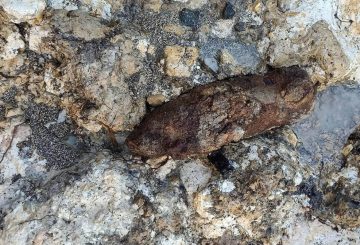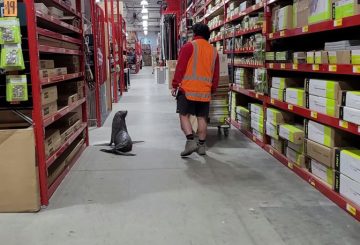Warga Wellington membayar lebih mahal di pompa bensin dibandingkan dengan daerah lain di negara ini, sementara di kota-kota lain harganya sangat bervariasi.
Laporan triwulan kedua Komisi Perdagangan mengenai kinerja pasar bahan bakar Selandia Baru yang bernilai 10 miliar dolar AS telah dirilis pada hari Kamis dan menjadi sorotan utama di ibu kota. Harga di Wellington, Porirua dan Lower Hutt merupakan yang tertinggi untuk bensin Reguler 91, Premium dan Diesel.
Laporan Pemantauan Bahan Bakar Triwulanan untuk tiga bulan yang berakhir pada 30 September 2022, menunjukkan Christchurch dan Tauranga memiliki harga bahan bakar rata-rata terendah – dengan pengendara di Christchurch mendapatkan penawaran terbaik untuk bensin, dan Tauranga untuk diesel.
Ketua Komisi Dr John Small mengatakan bahwa masih terdapat variasi harga yang signifikan di antara kota-kota utama di Selandia Baru, dan di dalam kota-kota itu sendiri.
Auckland memiliki variasi harga terbesar antara tempat yang paling mahal dan yang paling murah. Harga bervariasi sebesar 22 sen per liter untuk bensin 91, 29 sen untuk bensin 95 dan 98, dan 31 sen untuk diesel.
Perhitungan komisi untuk konsumen rata-rata di Auckland menunjukkan bahwa mereka dapat menghemat hingga $ 264 untuk 91 dalam setahun, atau hingga $ 348 untuk bensin premium jika mereka secara aktif membandingkan harga di antara SPBU terdekat.
Pasar bahan bakar global dan domestik masih terus bergejolak pada kuartal ini, dengan harga turun dari puncaknya di bulan Juni 2022.
Margin meningkat – sebesar 61,9% untuk diesel dan 63,6% untuk 91.





























































